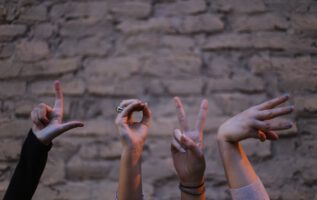Verbal communication makes a significant contribution to the formation and further development of the human imagination, but this type of competence formation remains limited to the linguistic sphere. On the other hand, the observation and design process provides both an opportunity and motivation to question our clearly formed knowledge structure. For the spatial-visual dialog with the natural and socio-cultural environment, we must therefore learn to “read and write” in a vivid way.
The observation and design process can be understood as a vivid form of social and intergenerational dialog with the natural and cultural space, in which we can constantly ask new questions and find answers. It is therefore essential that we start learning through visualization at an early stage. Just as we cannot learn to write before we learn to read, the acquisition of our visual representation skills follows the development of our visual skills. Only in this way do we acquire the necessary media skills to use the “visual libraries” of our natural and socio-culturally shaped environment.
For us, the creative process of a work involves the necessity of a permanent change of perspective into the position of the observer. The progress of the work always provides an opportunity to develop the idea further when we ask ourselves questions and look for solutions. At the same time as building competence, the production process promotes our intelligence development, insofar as we seek a conscious examination of our intention, our path and the result of the problem solution. If we develop our ideas and concepts primarily through verbal dialog, the production process only serves our material expertise. By not methodically promoting spatial-visual competence in the educational process, our opportunities to participate in modern societies are significantly restricted. If we cannot communicate in a vivid way, we remain silent wherever words fail us.


